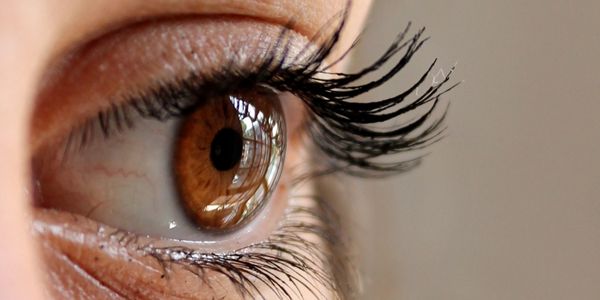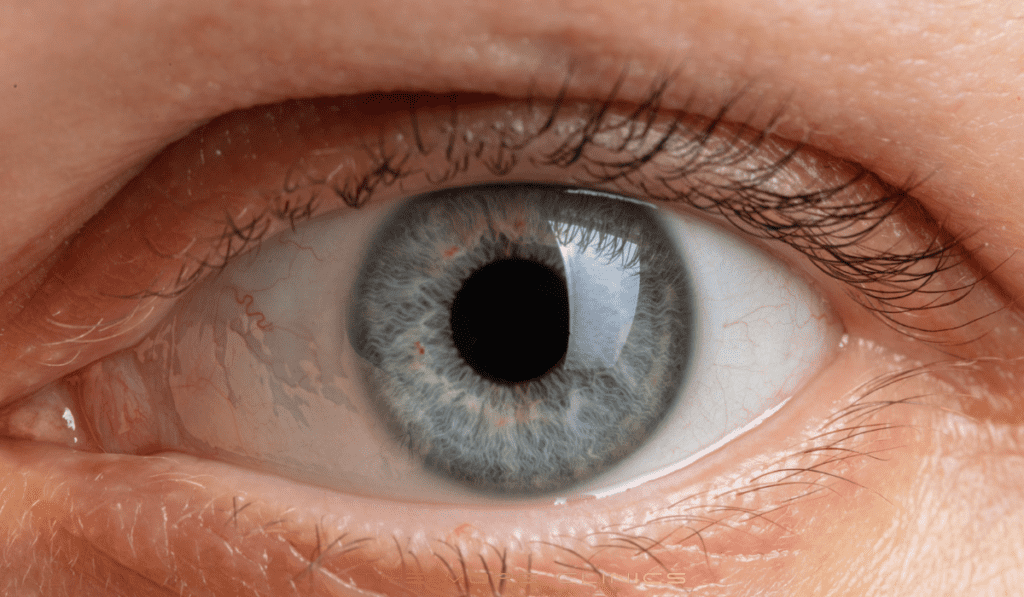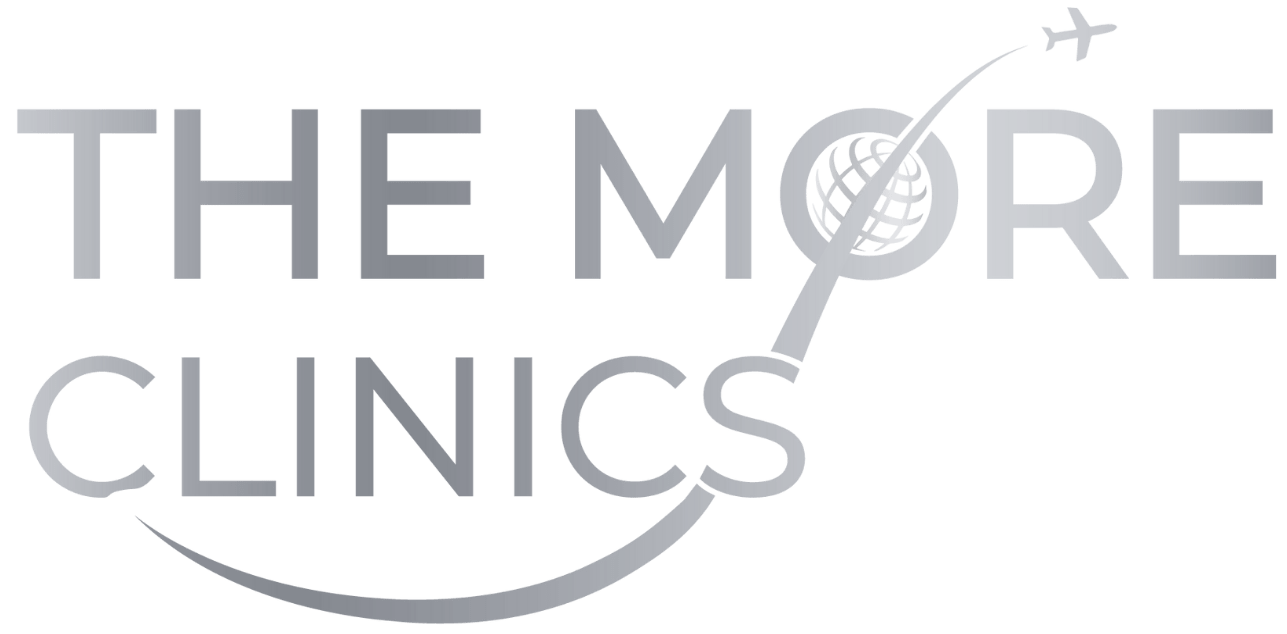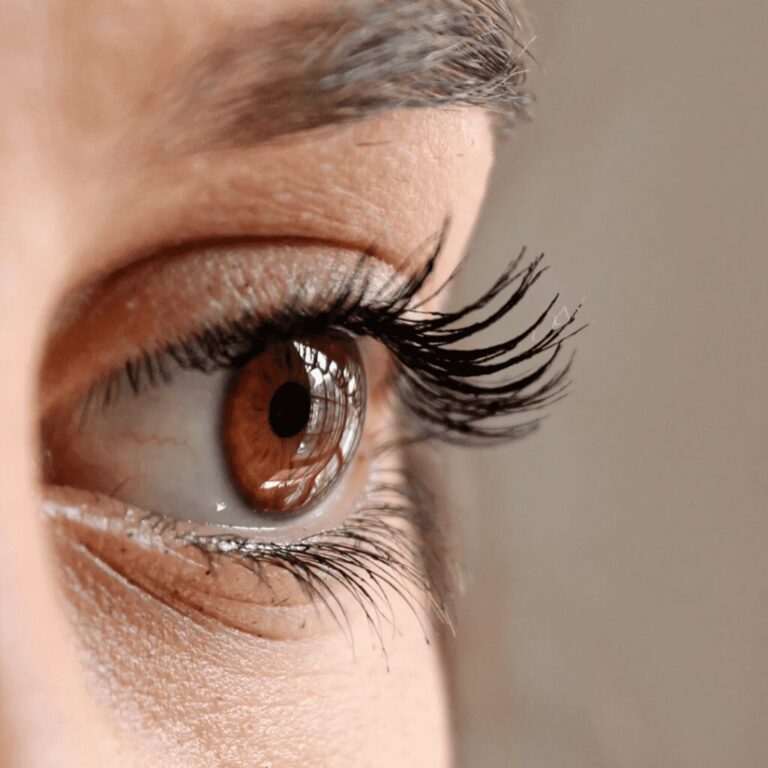Refractive Errors: A Comprehensive Guide
Refractive errors are a common cause of vision problems, affecting millions of people worldwide. In this article, we’ll discuss the definition of refractive errors, how they are diagnosed through an eye exam, common refractive disorders, and available treatment options.

Refractive Error Definition
A refractive error occurs when the shape of the eye prevents light from focusing correctly on the retina, resulting in blurred vision. This can be caused by irregularities in the cornea, lens, or length of the eye.
How is a Refractive Eye Exam Conducted?
A refractive eye exam, also known as a vision test, is conducted by an eye care professional to determine the presence and extent of refractive errors. The exam typically involves:
1. A visual acuity test to measure the sharpness of your vision using an eye chart
2. A refraction test using a phoropter or an automated refractor to determine the appropriate lens prescription for correcting your vision
3. Additional tests, such as a slit-lamp examination or dilated eye exam, to assess the overall health of your eyes
Common Refractive Disorders
There are several common refractive disorders, including:
1. Myopia (nearsightedness): This occurs when the eye is too long or the cornea is too curved, causing light to focus in front of the retina. As a result, distant objects appear blurry.

2. Hyperopia (farsightedness): This happens when the eye is too short or the cornea is too flat, causing light to focus behind the retina. This makes close-up objects appear blurry.
3. Astigmatism: Astigmatism is caused by an irregularly shaped cornea or lens, resulting in blurred vision at all distances.
4. Presbyopia: This age-related condition occurs when the lens loses its flexibility, making it difficult to focus on close-up objects.
Treatment Options
There are several treatment options available for refractive errors, including:
1. Eyeglasses: Prescription eyeglasses are a common and effective way to correct refractive errors, providing clear vision at various distances depending on the lens type.
2. Contact lenses: Contacts offer an alternative to eyeglasses, providing a more natural field of view and improved peripheral vision.
3. Orthokeratology (Ortho-K): This involves wearing specially designed rigid contact lenses overnight to temporarily reshape the cornea, improving vision during the day without the need for glasses or contacts.
4. Refractive surgery: Laser eye surgery procedures, such as LASIK, PRK, Relex Smile or intra ocular lens implantation, can permanently reshape the cornea or replace the eye’s natural lens, reducing or eliminating the need for glasses or contacts.
For different types of refractive error correction please read our blog posts: Laser eye surgery, Lasik eye laser procedure, Relex Smile or Intra Ocular Lens Replacement.
Last Words from the More Clinics Turkey
Understanding common refractive errors, their diagnosis through an eye exam, and available treatment options can help you make informed decisions about your eye health and vision correction. Consult with an eye care professional to discuss your specific needs and determine the most suitable treatment plan for you. Regular eye exams are essential in detecting and managing refractive errors, ensuring optimal vision and eye health.
At The More Clinics Turkey, our team of specialized ophthalmologists are experienced in diagnosing and treating refractive errors. Contact us today to schedule an eye exam or discuss treatment options for managing your vision.
GET A FREE CONSULTATION!
Let’s Start Planning Your Treatment %100 Guarantee Results.

Written by The More Editorial Team and Medically Reviewed by Op.Dr.İbrahim Kaya who specialized on Eye Surgery, Retinal Surgery and Optalmology.






